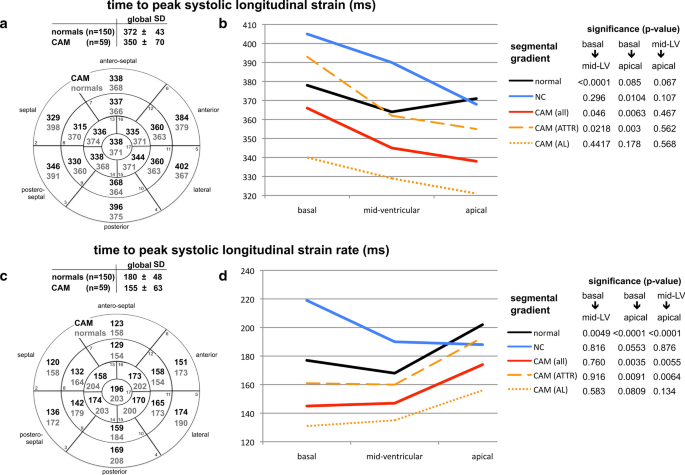
Multi-parametric speckle tracking analyses to characterize cardiac
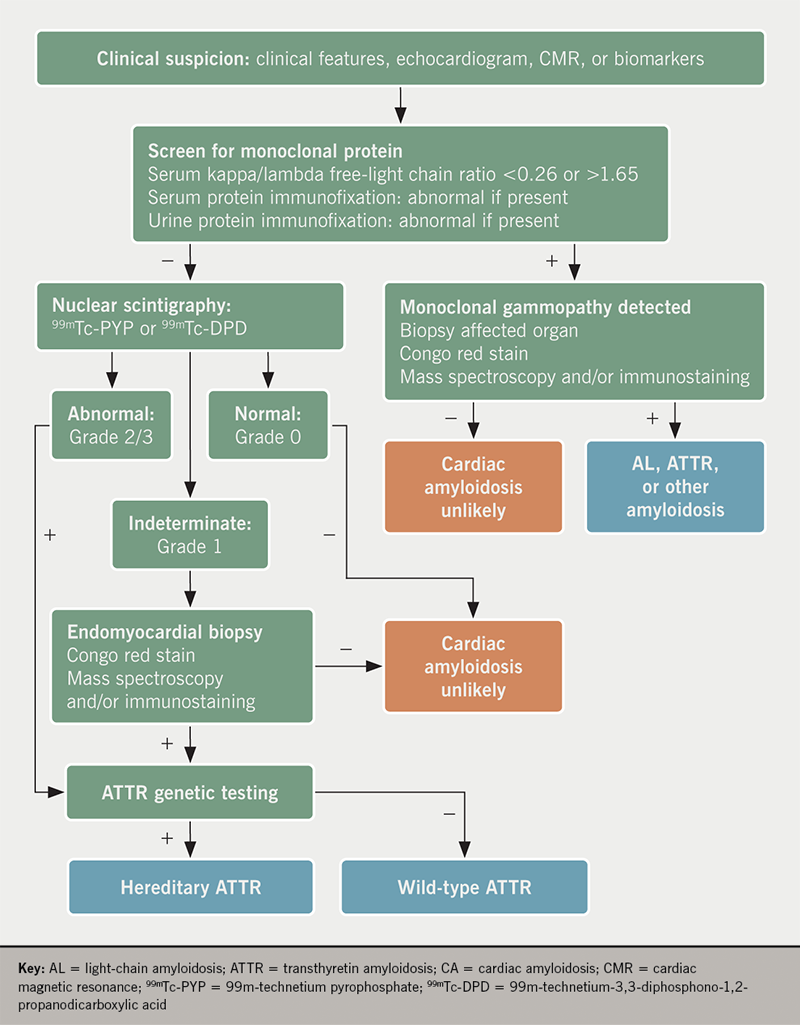
Amyloid heart disease module 1: diagnosis

Multiparametric Echocardiography Scores for the Diagnosis of

Figure 4 from The Imaging Diagnosis of Less Advanced Cases of

Optimal Echocardiographic Parameters to Improve the Diagnostic

Distinct patterns of left ventricular regional longitudinal strain
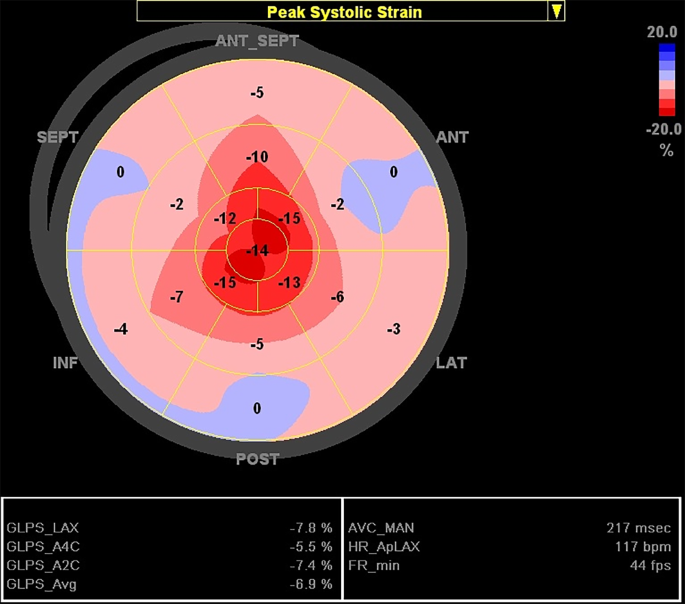
Apical sparing of longitudinal strain in speckle-tracking

Relative apical sparing of longitudinal strain using two
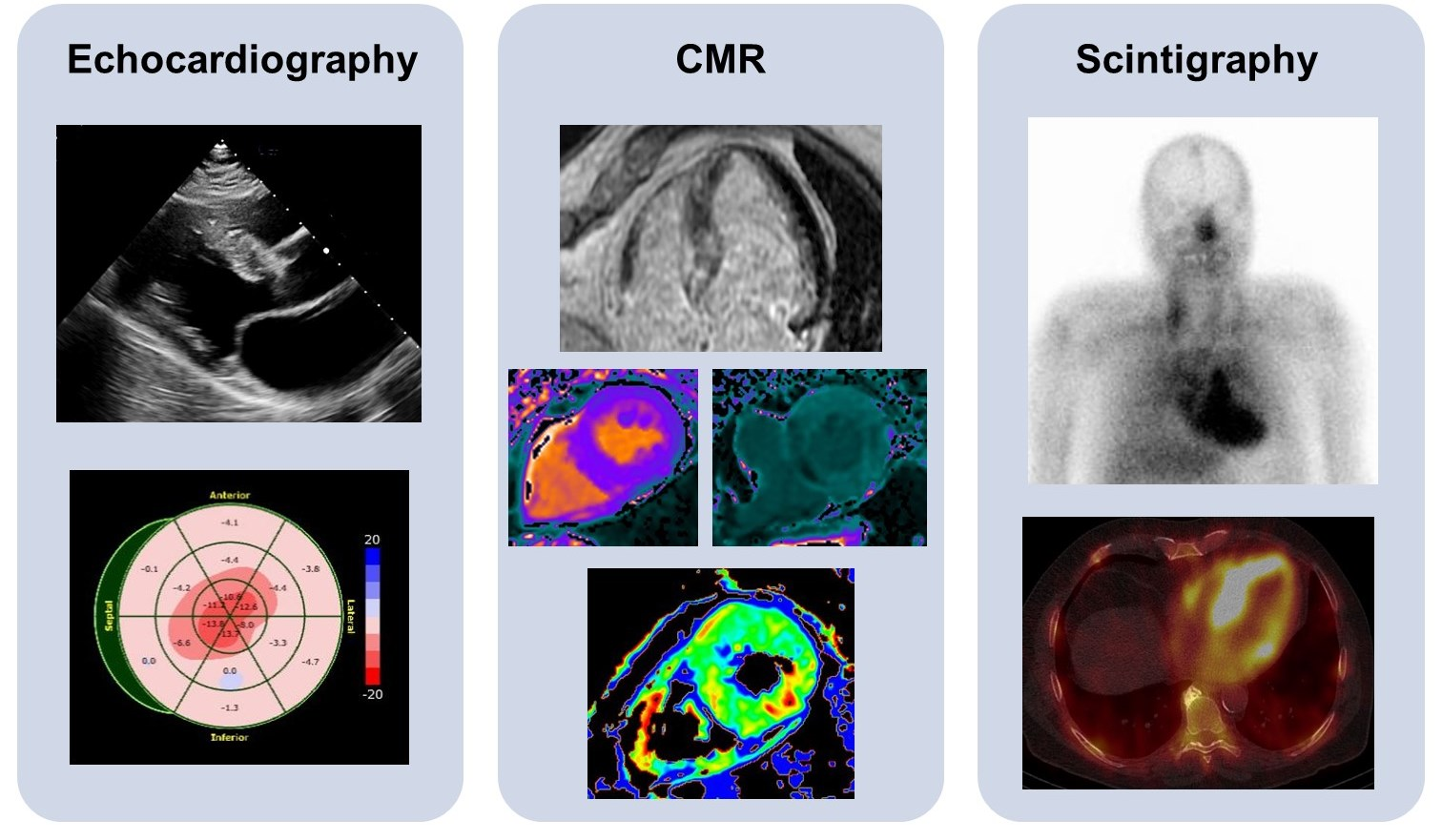
Biomedicines, Free Full-Text
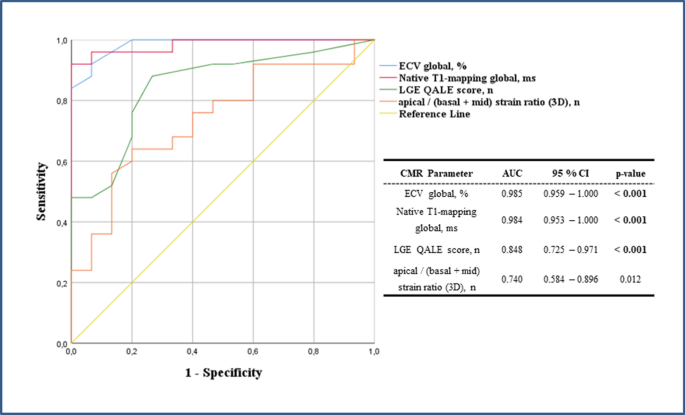
CMR-based T1-mapping offers superior diagnostic value compared to

Relative apical sparing of longitudinal strain using two
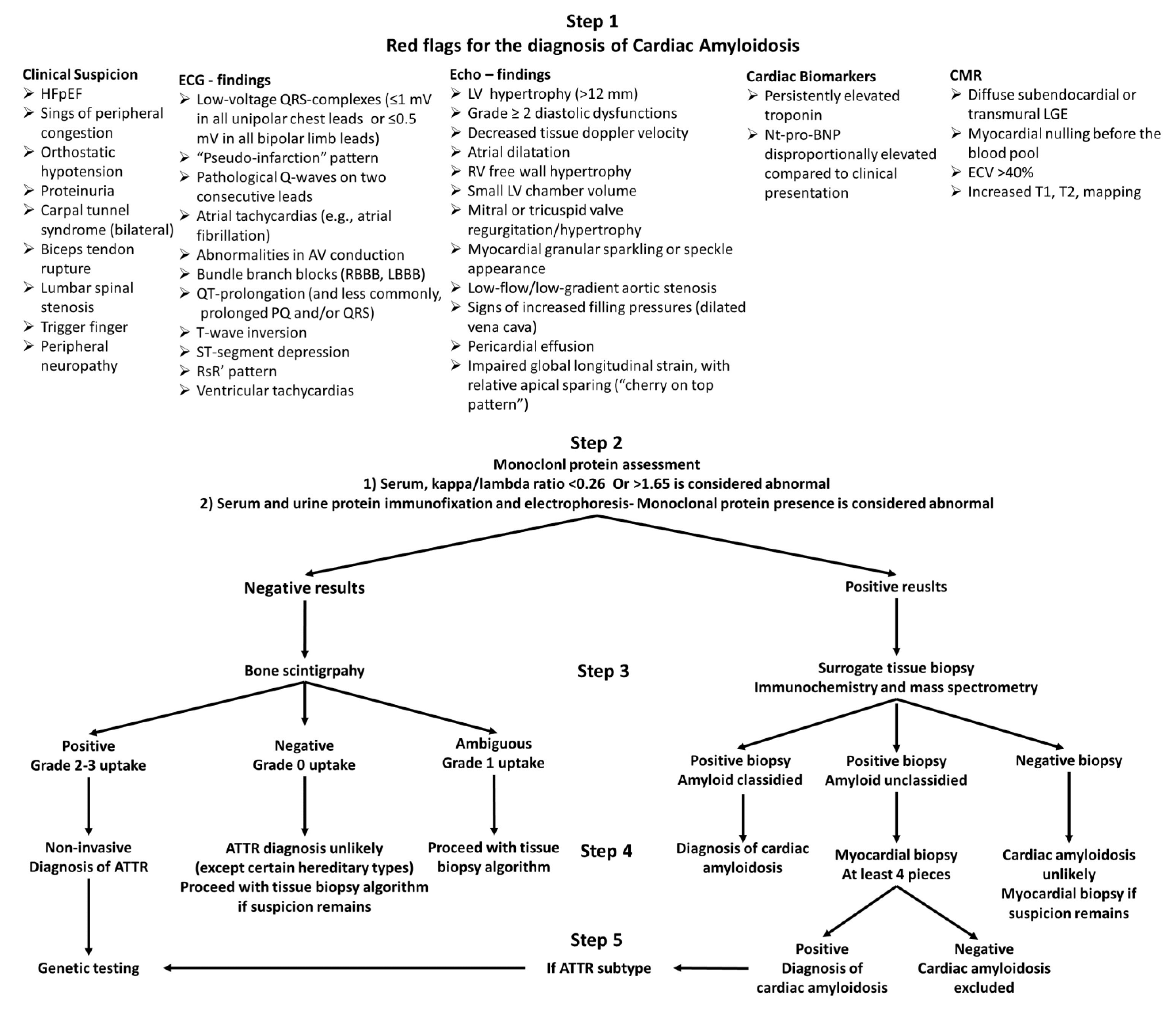
JCDD, Free Full-Text
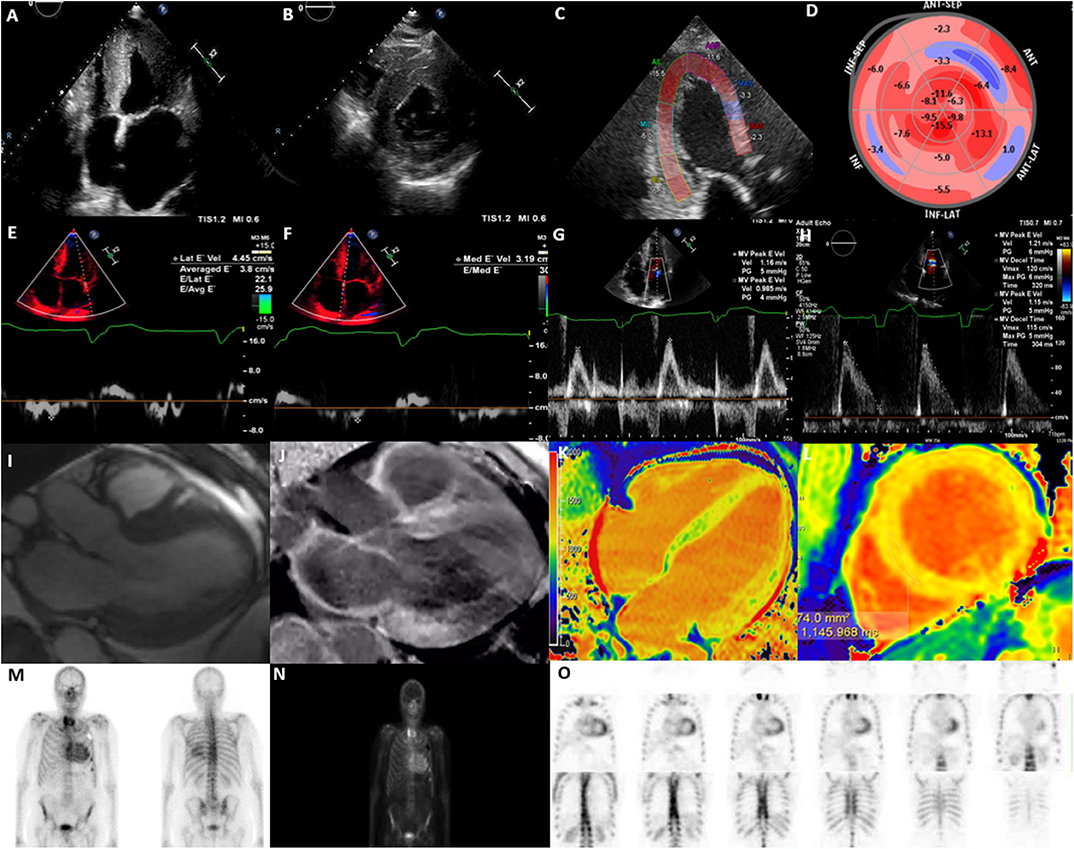
Frontiers The Role of Multi-modality Imaging in the Diagnosis of

Prognostic assessment of relative apical sparing pattern of

Left Ventricular Myocardial Work to Differentiate Cardiac
